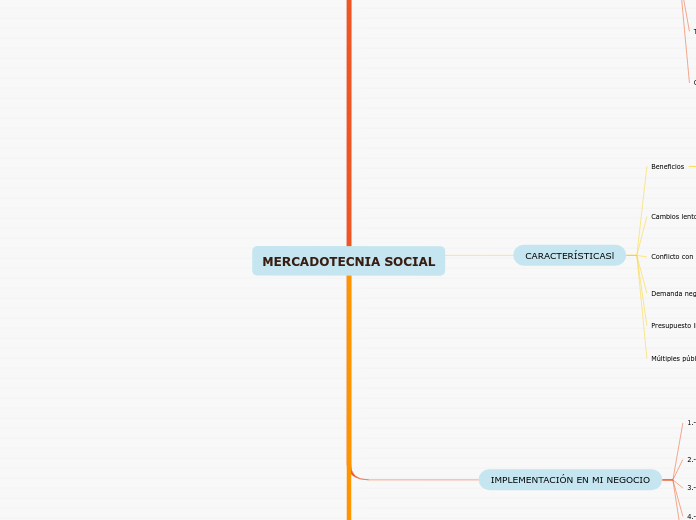によって Jenni Morales 4年前.
424
MERCADOTECNIA SOCIAL

によって Jenni Morales 4年前.
424

もっと見る

To name your story, you have to think about the overall message and what you want your audience to understand from the story. Also, make it relevant and easy to remember.
The middle of the story is where you add layers of complications that will lead to the end. Reveal more about the character's journey. Did their personality go through changes? How did they overcome the challenges? And as you build up the story’s central conflict, make it more personal to that character. Also, from the middle act, you have to lead into the final act.
Your character(s) need(s) motivation in order to solve the challenge(s).
Secondary characters also might have motivs beacuse of which they may cross path with main character or which might trigger them to help the main character.
Each story has a main character and that character usually needs to solve a problem or challenge. The character's challenge is the one that creates tension throughout the story.
El marketing social alienta comportamientos donde nada puede ocurrir.
Por ejemplo, conseguir comportamientos a favor de los pobres, conservación de la energía o que se obedezcan los límites de velocidad.
The ending of a story is essential. We all know that if the ending is weak, what happened before loses its importance. So make it unpredictable, but fair. A resolved ending answers all the questions and ties up any loose threads from the plot.
Están generalmente contentos con un aumento pequeño en la participación de mercado.
Buscan cambiar hábitos no salubres de una gran porcentaje de la audiencia objetivo.
Ofrecen gratificaciones seguras y pueden garantizar el resultado de los beneficios prometidos.
El resultado de los beneficios para la salud ofrecidos pueden tomarse meses o años.
Los comerciales no lo hacen.
Solo prometen una probabilidad de los beneficios que obtendrá la persona adoptando los cambios recomendados.
This is the closure section of the story.
See examples of possible outcomes below:
Try answering these questions in order for you to come up with a closure:
- Have all problems been solved?
- Is it clear what happens with all your characters in the story?
- Has the challenged transformed your main character?
- How do the characters feel in the end?
Busca activar una disposición favorable.
Try answering these questions to come up with a closure:
- Have all the problems been solved?
- Is there a clear picture of what happens with each character in the story?
- Has the challenge transformed your main character?
- How do the characters feel in the end?
Buscan, fundamentalmente, cambiar el comportamiento.
This is the moment when the main character surpasses the last obstacle and finally faces their greatest challenge.
The climax usually follows one of these patterns:
Type in your answer.
No se focalizan tanto en el comportamiento y se manejan con ideas más periféricas a la identidad de la persona.
Se enfocan en las actitudes y los comportamientos, deben vencer actitudes y valores que son centrales a la identidad de la persona.
In the beginning of the story (or the exposition), you will need to introduce the setting and characters. You might also want to introduce the main conflict. This part of the story is important because it gives the reader necessary background information and maybe even a first insight into a character’s personality.
The setting (time & place) of a story can change throughout the plot.
Your story can take place wherever your imagination will take you to.
For example: in an elevator, in an enchanted forest, etc. Don't forget to give details of the environment each time the setting changes, otherwise, the story can be confusing. Also, mention the seasons as each of them has unique weather and events.
Characters are essential to a good story. Usually, the protagonist(s) is/are the most affected by the plot. Introduce a character by focusing on their actions, interests, and occupation, as the physical appearance doesn't make a difference in most cases.
Type in the name of your character.